
Logic Number Puzzles
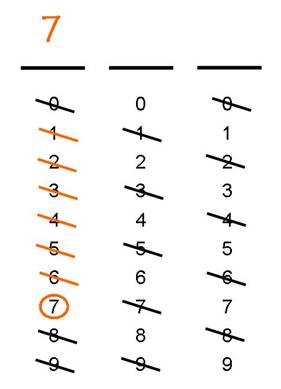
Developing Strong Number Sense
These logic number puzzles help students develop strong number sense as they work, clue by clue, to identify the digits of the missing number. The mixed-skills clues incorporate even-odd, less than-greater than, operations (sum, difference), multiples of 5 and 10, geometric terms (octagon, pentagon, hexagon, quadrilateral, trapezoid, parallelogram), money (quarters, nickels) and measurement (cup, pint, quart, gallon). Students must squeeze every bit of knowledge from each clue to eliminate possible digits until they finally identify the missing digits.
Strategy: Students may solve these problems in many ways, but this organized approach is most effective and easily replicated by students in the future. Students should also feel free to consult math texts, math word walls, etc. for help with measurement clues, geometric terms, etc., as needed.
Students use an organized approach to solving these place value logic number puzzles. Students begin with 0-9 as possible digits for each place value. Each clue allows them to eliminate some of those possibilities. The process continues until there is only one possible digit for each place value.
As a final step, students check their work. As each clue is read, students give a thumbs up if the clue fits their number or a thumbs down if it doesn't. This last step provides immediate feedback to students on the correctness of their reasoning.

- Check out the new Mathwire
 Problem Solving: Logic Number Puzzles collection which includes links to previous Mathwire logic number problem collections.
Problem Solving: Logic Number Puzzles collection which includes links to previous Mathwire logic number problem collections.
Fall 2008 Math Activities

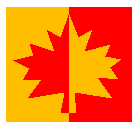
Standards/Objectives: The Fall 2008 collection is organized by Standards/Objectives to make it easier for teachers to coordinate activities to match current units of learning. Here are some suggestions for including seasonal themes in your regular mathematical lessons.
- Check out the Mathwire
 Fall 2008 Math Activities collection.
Fall 2008 Math Activities collection.
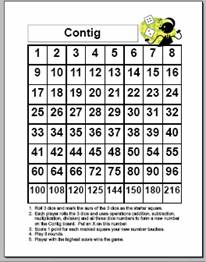
Featured Game: Contig
In the Contig Game students toss three dice. They use those three numbers and any operations to form a number on the game mat. Players earn an extra point for each covered number the new number touches, so students quickly learn to search for the best move that will yield the maximum possible points. The instructional benefit of the game is that students try many different combinations in search of that best move.
The Contig game encourages students to develop fact fluency and strong number sense as they search for the perfect move to garner the most points each turn. It is also an effective venue for a math challenge in the classroom or across grade levels. Consider adding a Contig Tournament to reward fact fluency and strong number sense.
- Download the
 Contig Game gameboard and rules
Contig Game gameboard and rules
- Check out this
 Contig resource for alternate playing rules and discussion questions.
Contig resource for alternate playing rules and discussion questions.

Strategy of the Month: Use Flexible Grouping in Math Class
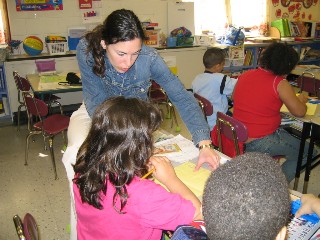
Teachers who regularly use math templates, whiteboards and/or journal writing include planned task items that assess student proficiency. Careful observation of student responses allows teachers to form flexible small groups for additional instruction or enrichment and also better plan for instruction.
Classroom Management: Use a class checklist to quickly record who gets it [mastery], needs a little more help [developing], or needs reteaching and/or a different approach [beginning]. Using this checklist throughout the lesson and guided practice allows teachers to create flexible groups for each new skill/concept/strategy.
Teachers need to regularly plan 3 levels of activities to meet these identified needs. This practice maximizes class time to best address the varied levels and learning styles of individual learners in the class.

Tip of the Month: Ask Students to Create Original Problems
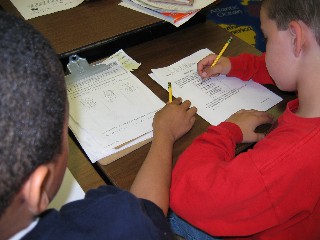
Teachers need resources to challenge better math students. Encourage these students to create original problems similar to problems done in class.
This practice is effective because the open-ended nature of the task moves students to higher levels of Bloom's Taxonomy. They must analyze the current problems to identify the salient skill/strategy, then synthesize these skills/strategies by creating original problems that are similar. Finally, students evaluate their own work and that of classmates as they peer-solve and critique these original works.
Publish student work with their name and the year of publication. Assemble these collections in the math center and begin to include these original problems in instruction and in problem solving activities. Students are strongly motivated to solve problems created by their peers.
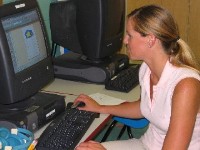
Recent Additions to Mathwire.com
Check the  New on Mathwire.com webpage to see what's new on the site this month.
New on Mathwire.com webpage to see what's new on the site this month.
Check the  Recent Additions to Mathwire.com webpage to see the most recent additions to the site this month.
Recent Additions to Mathwire.com webpage to see the most recent additions to the site this month.
Enter your email address below to receive notifications when new content is added to Mathwire.
NOTICE: If you have already subscribed to the Mathwire.com Updates but have not been receiving any notices, this may be due to your school's e-mail system that does not allow these mailings to be delivered. Please feel free to resubscribe using a different e-mail account rather than your school account.
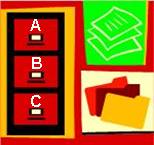
Mathwire Search Options
New to Mathwire.com? There are several ways to search the site for activities by Math Standard, Math Topic, or using an alphabetical search.
- See
 Searching the Mathwire.com Site for a thorough explanation of these search options.
Searching the Mathwire.com Site for a thorough explanation of these search options.
About Mathwire.com
Mathwire.com is designed to provide activities and appropriate worksheets for teachers to use in their classrooms. All activities and worksheets support the constructivist approach to learning mathematics and the NCTM Standards.
Activities: The activities on this site were developed by Terry Kawas and the teachers in districts where she has worked as a math consultant and coach or with students she has taught in college math-methods courses. The activities are classroom-tested by teachers and appropriate modifications have been made to reflect this field-testing. These activities are posted online in an effort to share quality activities and routines within the mathematics community.
Terms of Use: Teachers are welcome to download any of the activities for free use in their classrooms. No activities may be copied for use on other websites or included in commercial products without permission in writing from Terry Kawas, webmaster. Contact Terry Kawas
